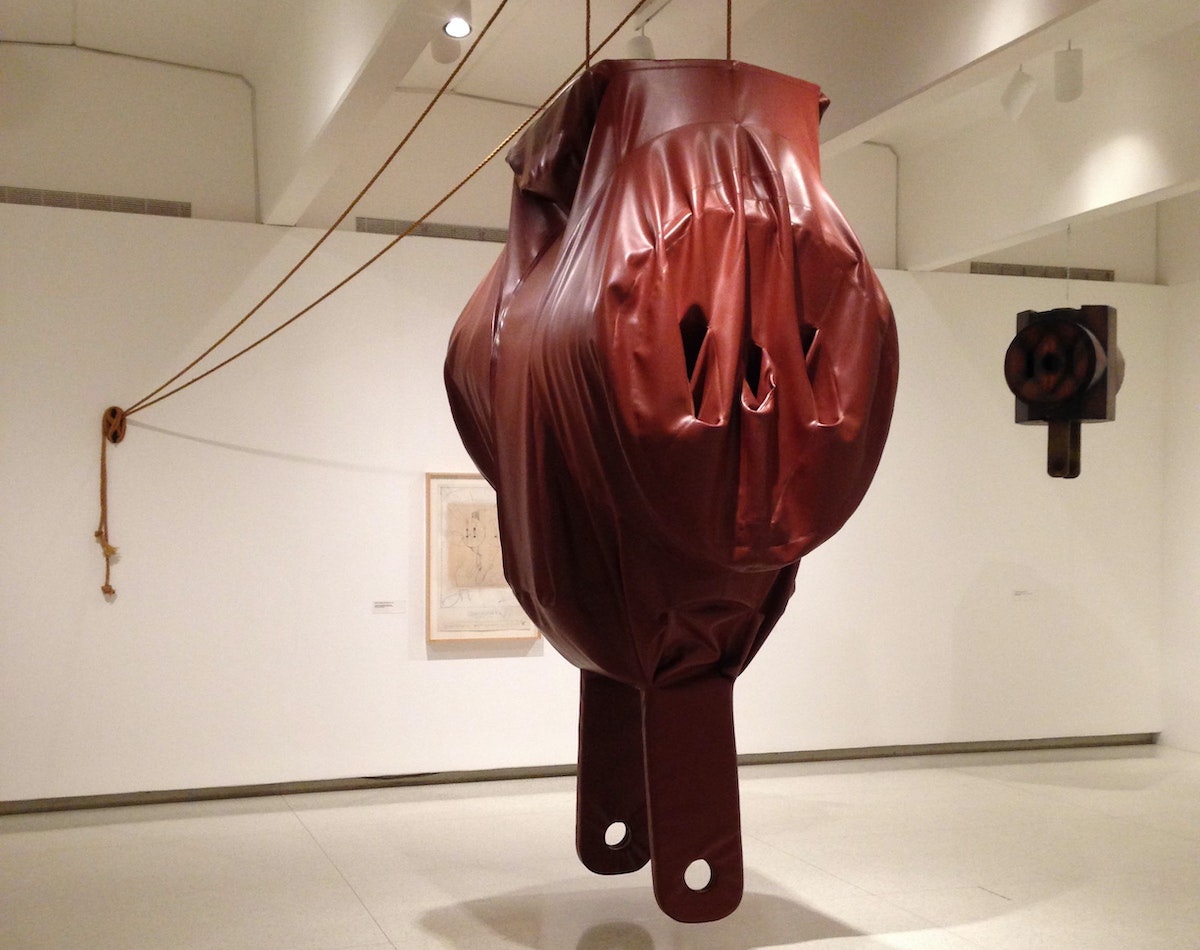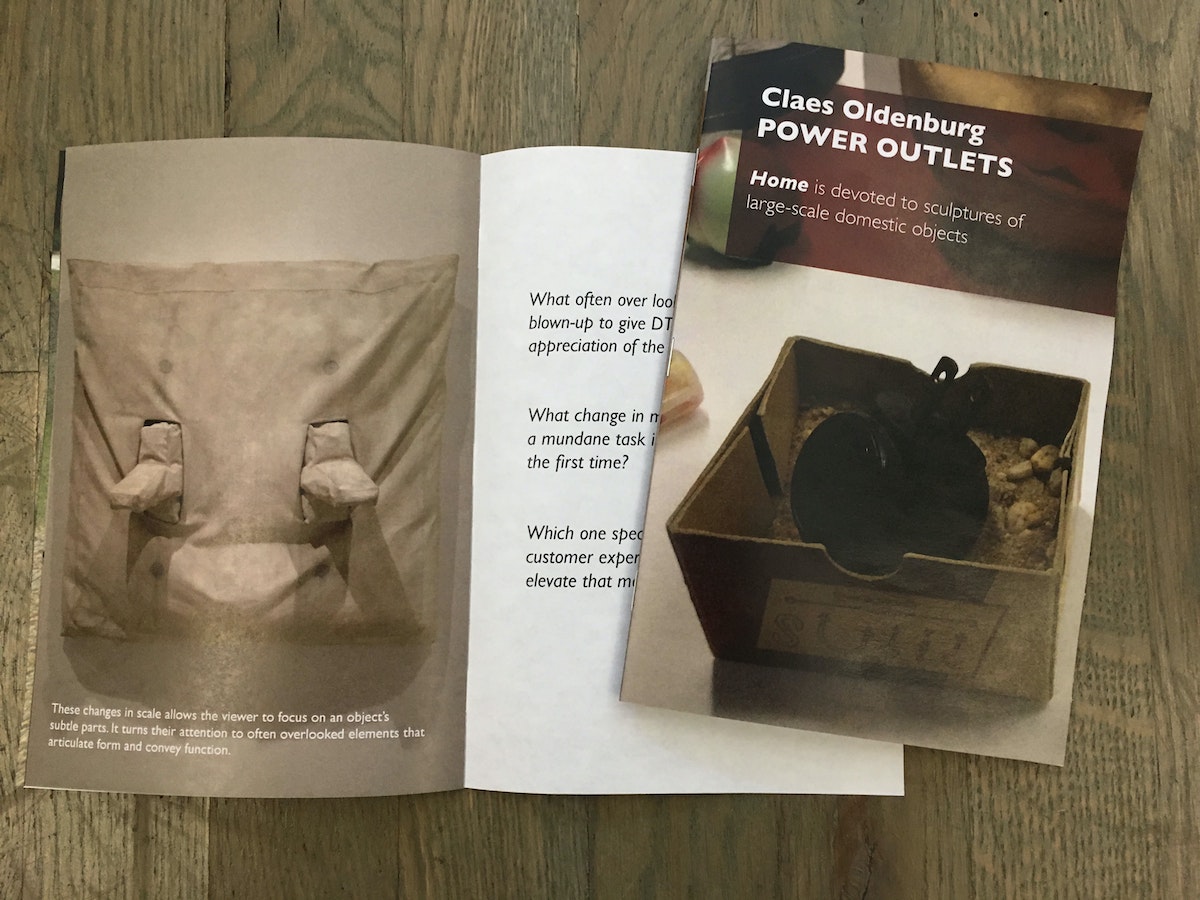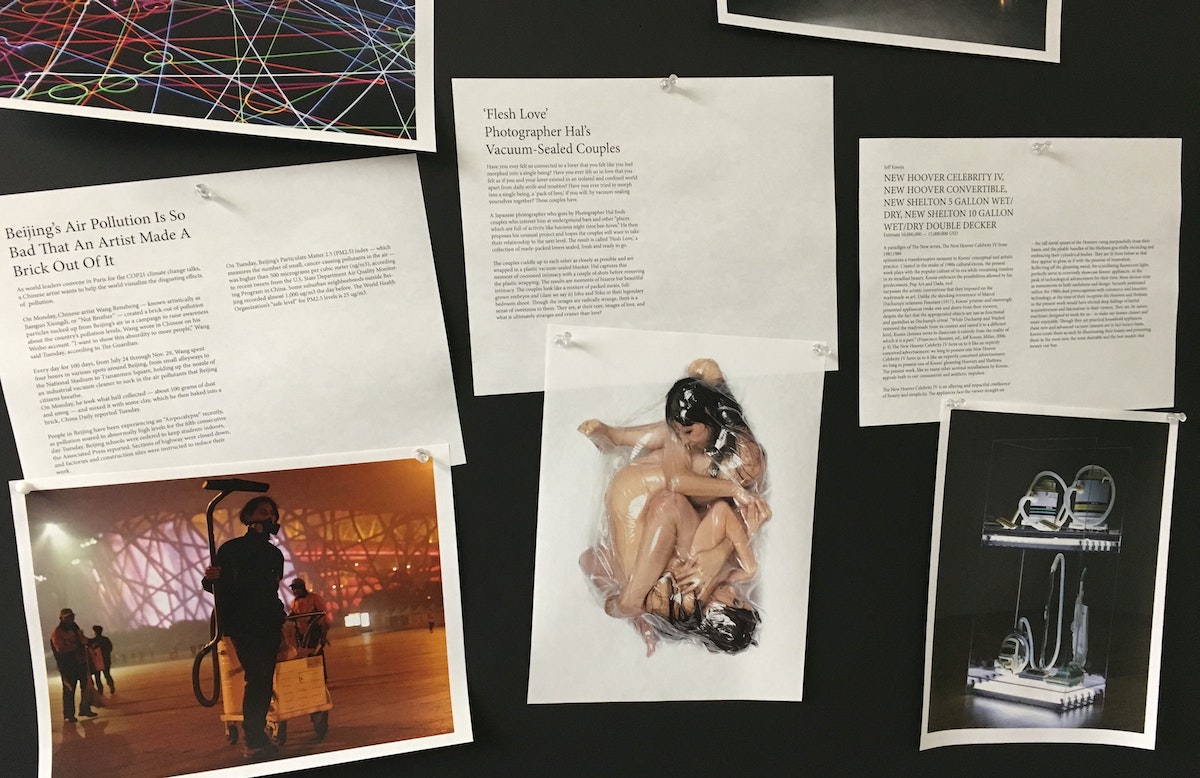The Art of Disruption

Sometimes, the design thinking process can become a little too linear and predictable. Most great innovation involves a shift in perspective, a moment when our everyday point of view is turned upside down, and the team finds a new way to approach a challenge. Getting to that shift requires some disruption of the predictable flow of a project.
One way to achieve this is with art. I love the phrase “design is art with rules.” If that is true, can we then assume that “art is design without rules?” If design requires restraint, art requires exploring ideas with abandon. I believe that tapping into that abandon can positively affect our design work.
Here are three ways to use art to shake up your design process.

1. Gallery Immersion
Take a break from your project and visit an art gallery. As you walk around and look at the pieces, consider the questions the artist is asking, or solutions they are proposing. What new rules of gravity or physics have they created? What rules have they broken, and what laws have they upended? Now consider how your project would exist in this world. How would things change, what would be possible? What would you create?

2. Image Provocation
Draw inspiration from art without ever leaving work. Curate a slideshow of images, then present them to your team as a prompt for idea generation. While not as experiential and serendipity-friendly as roaming a sculpture park or an art gallery, the right selection can still provide valuable fuel to a design team. Try using Visual Thinking Strategies to get coworkers to engage in a deeper way.

3. Create your own artwork.
Just as we can find inspiration by making insights tangible, making art in line with the project theme can also be valuable. Pull out the watercolors, pastels, or even the prototyping materials. Grab some old shirts from secondhand stores to use as smocks and transform the team from designers to artists. Have a team spend an hour of quiet, focused time creating a work of art that explores the project content. The goal is not to create a solution, but an expression. Then have the team share their works. Create a “gallery walk.” The resulting art may fall short of masterpiece status, but the head space that was explored will create new considerations and possibly new directions for the project.


Words and art

Subscribe

.svg)







